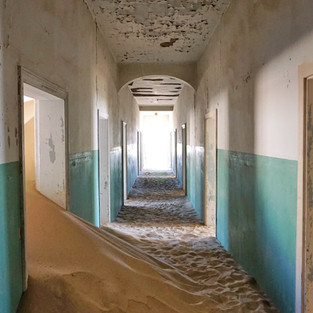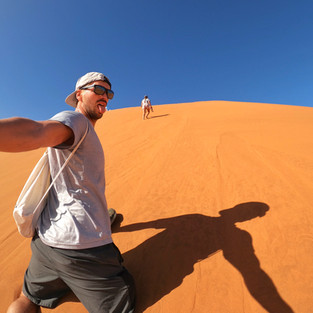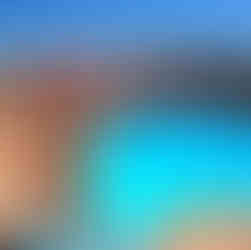6 Things we've learned in Namibia 🇳🇦
- K-Girl + Benzino
- Apr 13, 2021
- 3 min read

1. Taking African roads to the next level.
Driving on Namibian roads is a long and lonesome business. You will drive for hours with no encounter of people or animals. Desert to the left, desert to the right, with no end in sight. Can be relaxing or driving you nuts.
We also undoubtedly experienced the best roads in Africa. People had warned us about the bad road conditions but we found it to be the exact opposite: no sudden dead ends, no potholes or impromptu police control posts. In addition to our experience, Namibia also holds the reward for the best road in Africa - the B4, leading across the country from east to west. If that isn’t something.
2. The Germans were here. And they keep coming.
German heritage is visible all throughout Namibia since it had been a German colony from 1884 until 1915, then called Deutsch-Südwestafrika. From architecture, to names on road signs and even entire businesses you can tell that the Germans shamelessly imprinted their culture on the country to make it their own. Oh well, good old colonial times.
Today, the Germans are still there - with less of a possessive attitude but to follow the irresistible promise of a Namibian holiday: experiencing an adventurous trip in Africa minus the discomfort and occasional semi-dangerous situations. Even during Covid-19 times we encountered quite a lot of German tourists so we can only imagine what it must be like under normal travel conditions.

3. Diamonds are forever. But not really.
At its height, the diamond mine of Kolmanskop held 20% of the global diamond production. The entire west coast of Namibia was a diamond paradise, making a few people very rich and condemning locals to work under intolerable conditions.
After the diamond rush, which lasted roughly from 1908 - 1920, entire towns were abandoned and Germans that had moved across the sea went back to their home country. Kolmanskop used to be the richest town in Africa, nowadays it’s a ghost town.
4. Climbing a dune is incredible exhausting and your body weight doesn’t help.
When we visited the Namib desert, we were determined to climb one of the highest sand dunes in the world - Big Daddy, with a height of approximately 370 meters. We set out at 9 am, when the heat was still bearable but nevertheless intense. Bjoern soon learned that he was in a disadvantage compared to Katharina, who was carrying 30 kilograms less up the dune than him. The higher your bodyweight the more you sink into the sand and get the feeling your walking backwards - so we were pushing it up, 10 steps at a time, then a break and so on. And once you’re on top, after you realize you didn’t die, you’ll have the fun of a lifetime surfing down the entire way!
5. Like taking a shower under the stars? Namibia is the place to go.
Namibia is a camper’s paradise - nature everywhere you look, neat camping spots with friendly owners tucked into the middle of nowhere and lots of space between you and the other campers. In fact, we often didn’t even see other guests (of course there were very few of them in the first place) unless we were told about them by the manager. In addition to that, we often had the - always very clean - abolition blocks to ourselves or even had our private outdoor bathroom with a direct view into the starry night sky.
6. It’s like visiting a zoo without having to question your morals.
If it has ever occurred to you that zoos are in fact one of the most questionable institutions in our modern world and species-appropriate animal keeping is a paradox in itself, especially with wildlife, then go ahead and visit Namibia. Whether you visit a national park or just watch the wildlife pass right in front of you on a regular road you’ll be fascinated. And if you still feel you’re missing something, you could visit the Windhoek zoo to see polar bears. Or wait, do you think that would actually be weird and inappropriate?


























